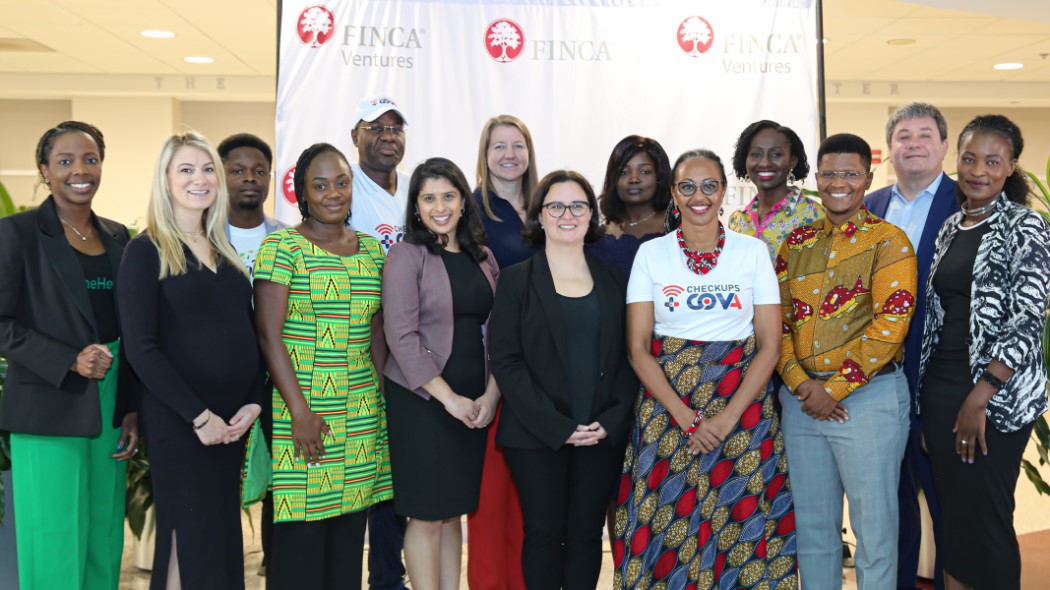With 60 new impact investment funds created last year (up from 44 in 2010 and 20 in 2009), there’s an emerging body of knowledge about what works for limited partners, fund managers and investment advisors, not to mention the investees who actually deliver the impact.
Nearly three dozen fund practitioners shared their insights with Cathy Clark, Jed Emerson and Ben Thornley, three of the field’s leading researchers, who have just released, A Market Emerges: The Six Dynamics of Impact Investing. The theme that emerges: Today’s impact investors tolerate a high level of ambiguity in order to achieve larger goals.
“Impact investing can be extraordinarily difficult, with funds swimming upstream against the current of conventional financial tools, wisdom and infrastructure,” the authors conclude, before mapping out six ways in which impact players are writing their own playbooks.
For example, limited partners in impact funds can, and perhaps need to be, more active than they would be in conventional funds. To put funds together, foundation investors sometimes have “had to be willing to commit to the money before we knew what the deal was going to be,” Debra Schwartz of the MacArthur Foundation told the authors. Physic Ventures in San Francisco counts among its LPs Unilever and PepsiCo, who anticipate acquiring companies in Physic’s health and sustainability portfolio, providing a built-in exit strategy.
Fund managers have to be resilient and creative in the face of unforeseen obstacles. In Colombia, Bamboo Finance was having trouble finding growth-stage companies in which to invest, said CEO Keely Stevenson. So they recruited Colombian investors to a separate early-stage fund to build the pipeline.
Capital structures themselves are up for grabs, as finance becomes more of a means to achieve impact and less of an end in itself. “Capital stacks” of, say, commercial, public and mission-first pools (such as foundation program-related investments, or PRIs) can help funds tweak risk and reward expectations for different types of investors. Loan-guarantees, both public and private, are an increasingly popular way to lower risk and attract commercial capital. Some funds are extending their time horizons from the conventional seven years (usually with one or two three-year extensions) to 10 or even 20 years, which is often needed to realize social impact.
Measuring such impact will always be more art than science, but the report suggests the art is becoming less abstract and expressionistic. “What used to satisfy our investors were operational outputs of our lending: numbers of loans, dollars disbursed, delinquencies and defaults,” said Janie Barrera, President and Chief Executive Officer at Accion Texas, a large nonprofit microlender. “Then it became a focus on outcomes: how many jobs have you created? How has the credit score moved for a customer?” (The report calls out Accion Texas as “a model of transparency,” with audited financial statements and other disclosures available online.)
With 380 impact funds now managing more than $40 billion and a flurry of retail investment platforms being launched, the authors say the market could move from billions to trillions. But the democratization of impact investing will bring more scrutiny along with more capital. Are the new vehicles a function of “pull” from clients, the authors ask, or “push” from brokers with a new product to sell?
Knitting together all these themes is a call for greater transparency to enable alignment between all the parties. But it hints that funds sometimes use “selective representation” to their advantage. “With different investor groups still relatively siloed – focused either on financial returns or social and environmental impacts – funds tend to tailor their disclosures accordingly,” the authors note.
The ambiguities won’t go away soon, but Clark, Emerson and Thornley are performing community service by clearly articulating the questions underlying the current “dynamics.” They’re holding their answers back for future reports, but hint at their research direction: “It is clear the field has a number of urgent needs, including for greater transparency– of the objectives and priorities of investors and the returns of funds – and for additional standardization – of deal structures, reporting, and networking,” they conclude.
To continue the discussion, the authors are running three panels at next week’s SOCAP conference.











